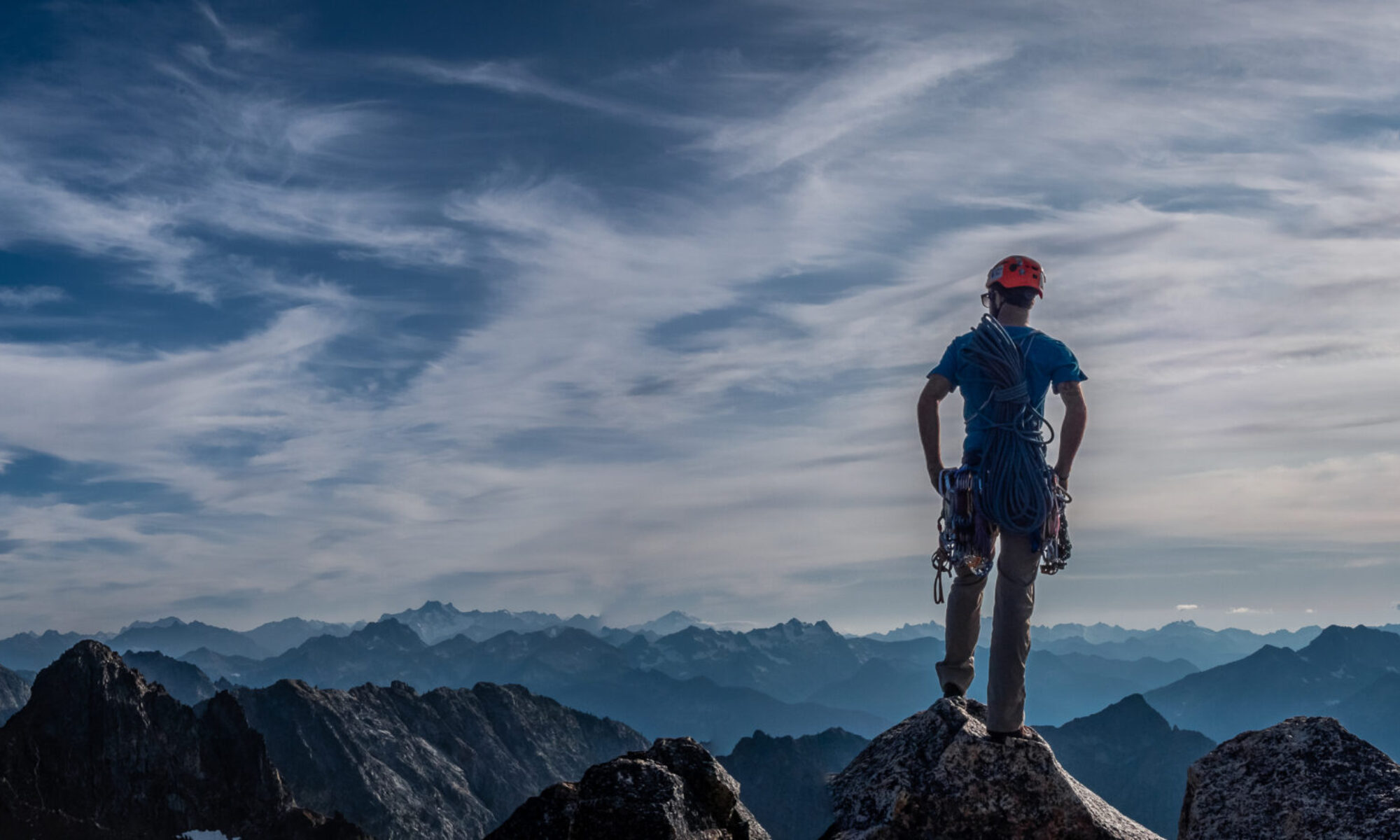
“I was on the trail at 6 in about an hour the strong cold wind started blowing again, as I had my sleeves cut off my arms y wrists got very cold so I pulled my “extra’ pair of socks on my arms. I passed the little town of Jefferson, then I crossed the a divide over into the head of the N. fork of the S. Platte River. after hiking down along this for a couple miles I got a ride with a fellow who was going all the way to Denver, but after a few miles we got down into a nice y interesting canon that i like to examine little closer y perhaps take some pictures, so I got off on the excuse that it was too cold to ride then I hiked the rest of the way past a couple more little town y several summer camps y [unintelligible] down to the town of Bailey where I got me a can of P y Bs [pork and beans] y some R.O. Than I intended only to hike a couple of mils, y then find a nice camping place where it would not be so cold. But again I was offered a ride so I rode about 4 miles y that was all uphill to, after that I tried to find a good campsite but was not very successful. It was impossible to get any good view today as it was been snowing in the mountains the whole day y tonight it is snowing here too days. I took a room in a hotel as the public camps are a long ways from the City.”























